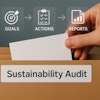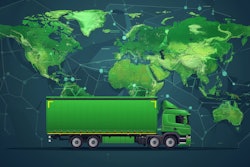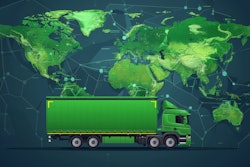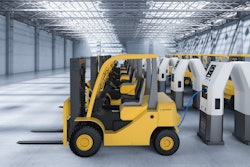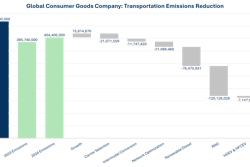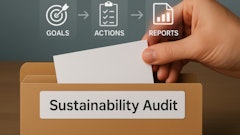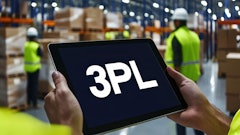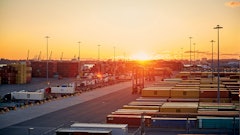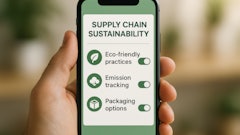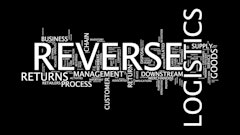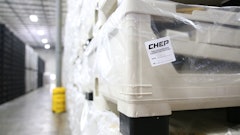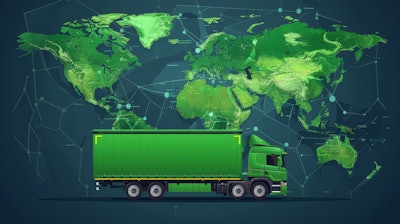
In the modern supply chain, efficiency is no longer measured solely by speed or volume, it’s increasingly judged by sustainability. As environmental concerns rise and regulations tighten, companies are rethinking how goods move from warehouses to doorsteps. At the heart of this transformation is fleet optimization, a powerful strategy that not only boosts operational performance but also significantly reduces carbon emissions.
Fuel is both a major cost and a major contributor to greenhouse gas emissions. Every unnecessary mile driven, every minute spent idling, and every underutilized vehicle adds to a company’s environmental footprint. That’s why forward-thinking logistics teams are turning to advanced route optimization tools to drive greener outcomes.
Dynamic routing: The engine of efficiency
Traditional delivery routes often rely on static planning, which doesn’t account for real-time variables like traffic, weather, or last-minute order changes. Dynamic routing, powered by AI and real-time data, allows fleets to adapt on the fly. This means fewer detours, less idle time, and more direct paths to each stop.
By continuously recalculating the most efficient routes, companies can reduce fuel consumption significantly. For example, the United States Environmental Protection Agency reports that an average vehicle emits 4.6 metric tons of CO2 per year. If a delivery truck avoids just 10 miles of unnecessary driving per day, it can save nearly 460 gallons of fuel annually. Multiply that across a fleet of 100 trucks, and the environmental impact becomes substantial.
Smarter capacity planning
One critical component of fleet optimization is vehicle capacity planning. Ensuring that each vehicle is loaded to its optimal capacity reduces the number of trips needed to complete deliveries. This not only maximizes asset utilization but also minimizes the total number of vehicles on the road.
Advanced planning tools can analyze order sizes, delivery windows, and vehicle specifications to create the most efficient load configurations. According to McKinsey, companies that implement intelligent load planning can reduce fleet size by up to 15% while maintaining service levels.
Reducing stop time and idle emissions
Every minute a vehicle spends idling contributes to fuel waste and air pollution. The U.S. Department of Energy notes that idling from heavy-duty and light-duty vehicles together creates six billion gallons of annual fuel waste. Route optimization platforms help reduce waste by strategically planning stop times by sequencing deliveries in a way that minimizes delays and congestion. Additionally, automated dispatching and digital proof-of-delivery systems streamline handoffs, allowing drivers to get back on the road faster.
Some systems even integrate with vehicle telematics to monitor idle time and provide feedback to drivers, encouraging more eco-conscious behavior behind the wheel.
Real-time adjustments for real-world challenges
Supply chains are dynamic by nature. Accidents, road closures, and sudden changes in demand can disrupt even the best-laid plans. That’s where real-time adjustment capabilities come into play.
Modern fleet management platforms use GPS tracking and predictive analytics to detect disruptions and reroute vehicles instantly. This agility not only keeps deliveries on schedule but also prevents unnecessary mileage that would otherwise increase fuel use and emissions.
Data-driven sustainability
Perhaps the most transformative aspect of fleet optimization is its ability to generate actionable insights. By analyzing historical and real-time data, companies can identify patterns and opportunities for long-term emissions reduction.
For instance, analytics can reveal which routes consistently underperform, which vehicles are the least fuel-efficient, or which delivery windows lead to the most congestion. Armed with this information, logistics teams can make strategic changes that align with broader sustainability goals.
Meeting regulatory and consumer expectations
Governments around the world are implementing stricter emissions standards, and consumers are increasingly favoring brands that demonstrate environmental responsibility. Fleet optimization helps companies stay ahead of both trends.
By reducing their carbon footprint, businesses not only comply with regulations but also enhance their brand reputation. In a competitive market, sustainability can be a key differentiator.
The road ahead
As supply chains become more complex and customer expectations continue to evolve, the pressure to deliver sustainably will only grow. Fleet optimization offers a practical, impactful way to meet this challenge.
By embracing smarter routing, better planning, and data-driven decision-making, companies can transform their logistics operations into engines of sustainability. It’s not just about getting from Point A to Point B; it’s about doing it in a way that’s better for the planet, better for business, and better for the future.

